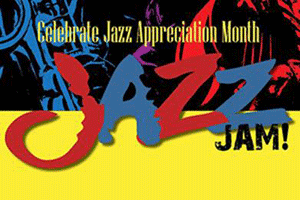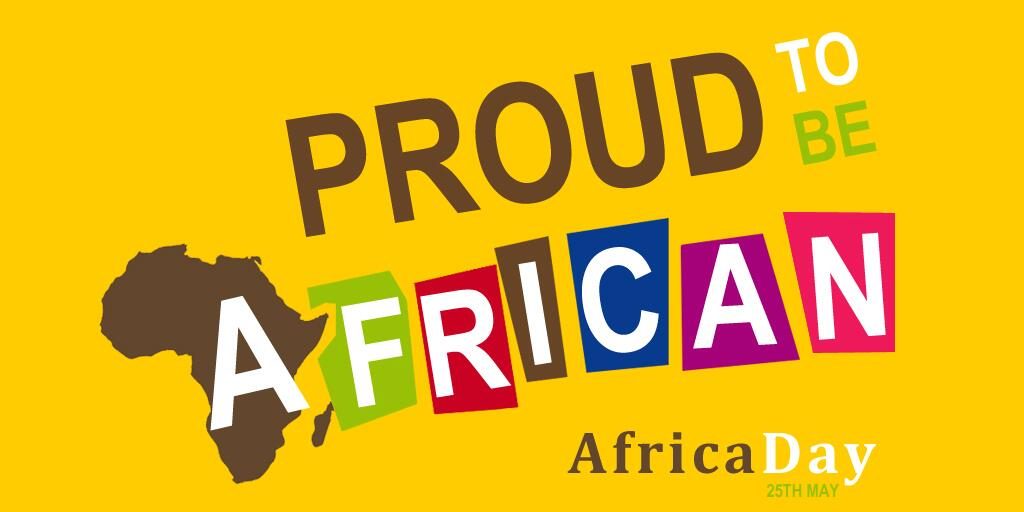Word Echoes from SANZ: “NZ Music Month”
Written by Helewise Arends on May 20, 2018
The purpose of NZ Music Month is to celebrate music from New Zealand and the people who make it.
The month of May has become firmly entrenched as part of the cultural landscape of music
encouraging radio stations to play more local tunes and foster more of the New Zealand homegrown talent.
It is 31 days, which starts on the first of May, celebrating local music in
NZ venues, schools, libraries, parks, on screens and on stereos.
NZ Music Month is a promotion run by the NZ Music Commission,
that takes place each May in association with other organisations.
It is a collaborative strengthening of support of NZ music from the country’s recording labels,media,
the general public and most importantly, the artists themselves.This initiative started in the year 2000
when there was a disparity between plenty of music being made but not enough people got to hear it,
see it or have it on their shelves.
According to Simon Woods: “NZ Music Month is a time when we shine a light on those
amazingly talented music makers and the music they create.
Kiwi musicians here and abroad contribute so much to our culture and speak to us
through their art about what it is to be a New Zealander.”
The music of New Zealand has been influenced by Blues, Jazz, Country, Rock and Roll
and Hip-Hop, with many of these genres given a unique New Zealand interpretation.
Despite the vitality of New Zealand bands in the pub scene, for many years commercial radio
was reluctant to play locally produced material and by 1995 only 1.6% of all songs
played on the commercial radio stations were of New Zealand origin.
In 1997, a government Kiwi Music Action Group was formed to compel radio stations
to broadcast New Zealand music. The group initiated New Zealand Music Week
and in 2000 this grew into New Zealand Music Month #NZMM.
By 2005 New Zealand content averaged between 19 and 20 percent.
The accent of the drive is for more audience participation and appreciation of the homegrown talent
of New Zealand by enabling the people to get to gigs and making new musical discoveries,
while at the same time getting them excited about their faves from the past.
The theme for NZ Music Month 2018 is music discovery – Discover New!
The official website – http://www.nzmusicmonth.co.nz hosts a gig guide,
which features news of what is going on around the nation.
DISCOVER NEW!!
#NZMM

The New Zealand recording industry began to develop from 1940 onwards.
New Zealand’s first pop song was “Blue Smoke”, written in the 1940s by Ruru Karaitiana. Pixie Williams recorded the song in 1949.
Formed in the 1970s, ft. Phil Judd and brothers Tim and Neil Finn, Split Enz achieved chart success in NZ, Australia & Canada – most notably with their 1980 single “I Got You”. Neil Finn formed the pop rock band Crowded House and went onto have critical success in Australia and New Zealand with Top Ten Hits “Don’t Dream It’s Over” and “Something So Strong”.
Queen Elizabeth II bestowed an OBE on both Neil and Tim Finn in June 1993
for their contribution to the music of New Zealand.
The top-selling NZ song of all time is “How Bizarre” by OMC and went to number one
in NZ, Australia, Canada, Ireland, South Africa and Austria.
The first Rock ’n Roll hit by a New Zealander was Johnny Devlin’s hit “Lawdy Miss Clawdy”, which sold 100,000 copies in 1959-60.
Rock developed in NZ in the 1960s. Independent music in NZ began in the latter half of the 1970s, with the development of a local punk rock scene.
The first major NZ Hip-Hop hit was “Hip Hop holiday” by 3 The Hard Way. Sampling the song “Dreadlock Holiday” by 10CC, it went to number one for several weeks in early 1994.
Many of NZ’s first hip hop performers s.a. Dalvanius Prime, were Mãori.
In the 1990s, the NZ hip hop scene grew with evolution of Pacific island-influenced hip hop.
Formed in 1979, Herbs are a NZ reggae vocal group and the 11th inductee into the NZ Hall of Fame and are considered pioneers of the Pacific reggae sound.
The history of Blues in NZ dates from the 1960s. The earliest blues influences on NZ musicians originated with British blues musicians like The Animals & The Rolling Stones.
NZ has a proud history of brass bands, with regular provincial contests.
Pipe bands became widespread during the 20th century in NZ and is said to have more pipe bands than Scotland.
The formal traditions of European classical music took a long time develop in NZ due to the country’s geographical isolation.
NZ has a strong choral tradition with the Anglican cathedrals in Auckland, Wellington
and Christchurch having choirs of a high standard.
NZ has produced a number of internationally famous opera singers and is run by the NZ Opera Company.
The most well-known musical theatre production written by a New Zealander is the Rocky Horror Show,
written by Richard O’Brien and first performed on stage in London during 1973.
Traditional Mãori music, or Re Pûoro Mãori is composed or performed by Mãori, the native people of NZ,
and includes a wide variety of folk music styles, often integrated with poetry and dance.
New Zealand continues to excel locally and internationally.
#SUPPORTNZMUSIC

Split Enz – I Got You


The New Zealand Māori are Polynesian and have lived in New Zealand (NZ) ever since approximately the 11th century A.D.
They refer to their homeland as Aotearoa – The land of the Long White Cloud.
The Māori name is derived from Ma-Uri which means “Children of Heaven”.
Their nickname is ’Vikings of the Sunrise’, because they are fierce warriors.
Traditional Māori music is mainly vocal and can be divided in
2 categories – the Recitatives and the Songs.
The Recitatives includes Powhiri (the Haka), Ngeri, Karakia, Paatere, Kaioraroa.
The Powhiri is a welcome ceremony of mixed form with the men shouting fiercely, whilst women sing in a melodic way.
Most times a Powhiri ends with a Haka (men song) – shouted speeches by men, combined with a fierce dance.
Haka Taparahi are performed without weapons and the Haka Peruperu are performed with weapons associated with war dances.
Ngeri are recitatives used to annihilate any form of tapu.
Karakia are quick incantations and spells used during daily life by both adults and children, but also during rituals.
Paatere are mainly performed in a group and composed by women in answer to gossip.
Kaioraroa are like paatere answers to gossip but with a rude, offensive text.
The category of Songs or Sung Poetry, also called Nga Moteatea, consists of the following forms: Poi; Oriori; Pao; Waiata.
Poi are songs accompanied by a kind of dance in which women hit their body rhythmically
with one or two mainly cotton balls attached to the end of a string.
Oriori are songs composed to teach children of high rank their special descent and history.
Pao-songs originate out of instant composing in which the composer sings the first couplet and is then repeated by the chorus.
Waiata songs are laments about different topics and are sung in groups and in unisono.
Waiata tangi (tangi meaning weeping) songs are laments for the dead.
Waiata ahore are love songs and Waiata whaiaaipo are songs for the beloved one.
In olden times this sung poetry was accompanied by the koauau flute.
In commercial Māori music the typical properties of traditional Māori music has totally disappeared.
Unisono singing is replaced by “close harmony”. Only a quiet ‘civilised little shout
at the end of some songs remember the fierce haka style.
While the guitar has become an almost universal instrument to accompany Māori performances today,
this only dates from the mid-20th century. Earlier performers used the piano or the violin.
The revival movement of the traditional Māori music is very strong and alive and
is carving itself in the niche of the commercial music sector as rediscovered gems.
#NZMM
Patea Maori Club – Poi E


The Origins of New Zealand’s music culture lies in its British colonial history with contributions from Europe and America.
The early European (Pākehā) settlers have folk music similar to, and shared with Australia’s.
The overall traditional musical performance is now known as kapahaka.
European settlers brought new harmonies and instruments which were gradually adopted by Māori composers.
The action song (waiata-ā-ringa) was largely developed in the early 20th century in which
stylised body movements, synchronize with the singing.
Māori Show bands formed in NZ & Australia from the 1950s. The groups performed in a wide variety of musical genres, dance styles, and with cabaret skills,
infusing their acts with comedy drawn straight from Māori culture.
Independent music in NZ began in the latter half of the 1970s, with the development of a local punk rock scene.
NZ rock bands were finding national success, including Th’ Dudes (whose guitarist Dave Dobbyn formed DD Smash in the 1980s).
NZ has many well-known heavy metal bands, including Devilskin, the extreme metal bands Ulcerate, Dawn of Azazel and 8 Foot Sativa
and alternative metal band Blindspott,currently known as Blacklistt.
The history of blues in NZ dates from the 1960s. NZ does not have its own distinctive blues style.
The first American blues artist to make an impact in NZ was Stevie Ray Vaughn in the early 1980s.
NZ has produced a number of internationally famous opera singers, s.a. Frances Alda and Joan Hammond.
Prominent Soloist NZ musicians performing internationally include pianists Michael Houston,
Jeffrey Grice, John Chen, and singer Hayley Westenra.
In 2004, Wellington composer John Psathas achieved the largest audience for NZ composed music when his fanfares
and other music were heard by billions at the opening & closing ceremonies of the Athens Olympiad.
In the 19th century, European settlers brought musical forms to NZ including brass bands & choral music,
and musicians began touring NZ in the 1860s.
In the 21st century, NZ Hip-hop went from strength to strength with the added input of Pacific island musicians,
creating a local variant style known as Urban Pasifika.
Hip-hop went in a new direction in the 21st century when it mixed with electronica,
reggae & dub music to create a sound known as Roots.
The Roots scene had strong roots in Wellington.
The electronica club scene in NZ has led to an upswing in dance-based music with artists including
musical influences s.a. rock, jazz, soul & hip-hop.
As the nation has grown and established its own culture, local artists have mixed these styles
and local influences to create music that is uniquely NZ in style.
#NZMM

Maimoa – Wairua
BLOGGER: HELEWISE ARENDS




